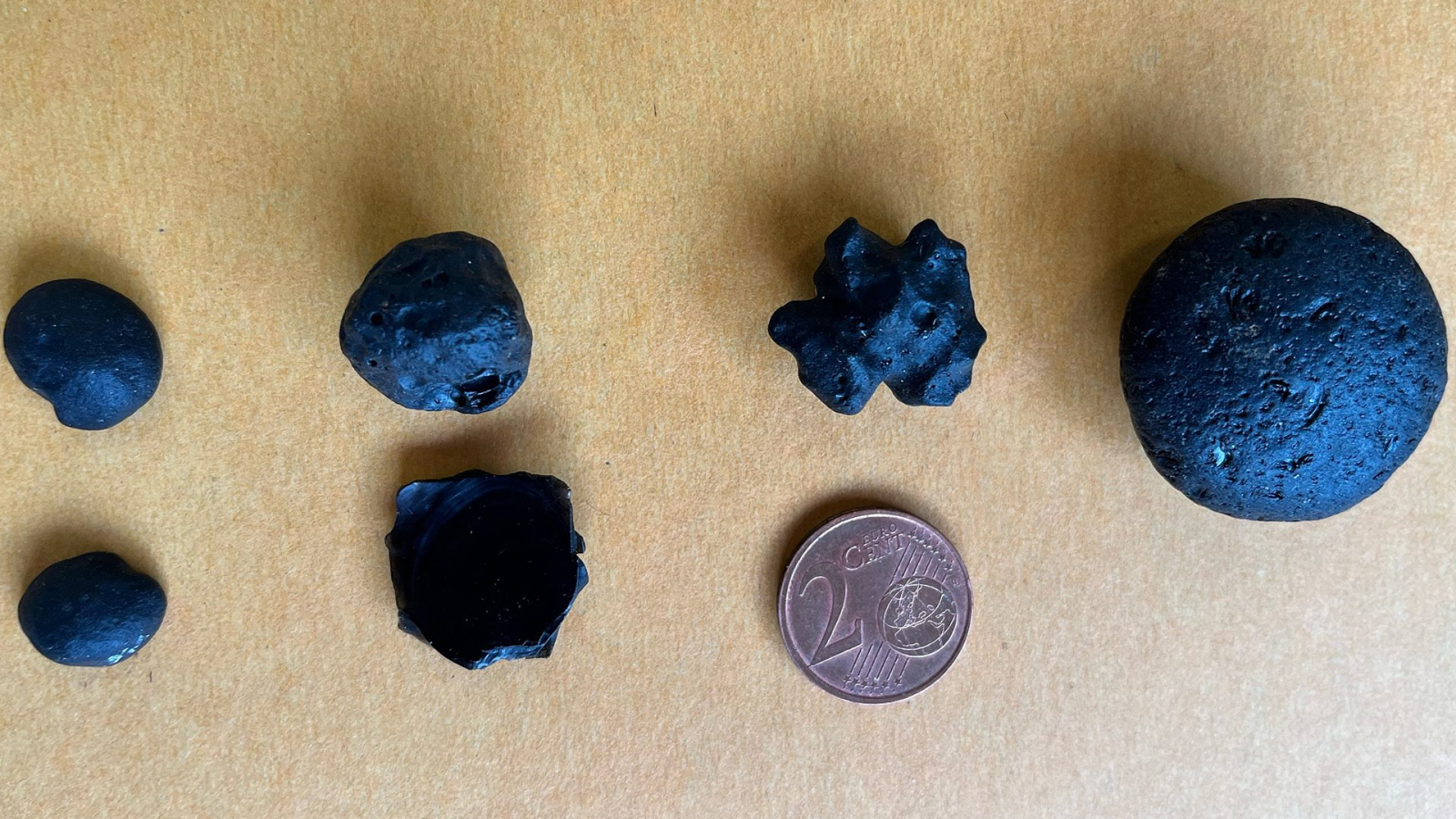| IN A NUTSHELL |
|
In a groundbreaking study, scientists have unveiled how earthquakes fuel life deep within the Earth’s crust, challenging the conventional belief that sunlight is the ultimate energy source for life. The research, conducted by a team at the Guangzhou Institute of Geochemistry, has revealed that the fracturing of rocks during seismic events generates energy-rich compounds that sustain microbial life in the absence of sunlight. This discovery not only expands our understanding of life’s adaptability on Earth but also raises intriguing possibilities for life on other planetary bodies.
Unveiling the Mysteries of Deep Earth Life
For many years, scientists believed the Earth’s deep subsurface to be a barren wasteland, inhospitable to life due to the absence of sunlight and limited nutrients. Yet, life has a way of flourishing in unexpected places. Prokaryotic organisms have been discovered thriving under these extreme conditions, relying on energy derived from chemical reactions between water and rock.
The origin of the essential oxidants necessary for these organisms’ metabolism remained a mystery until now. The recent study sheds light on how seismic activity and crustal fracturing serve as a constant energy source. By simulating the powerful forces of crustal faulting in the lab, researchers have identified how these fractures provide the energy needed to sustain life in the deep biosphere.
The researchers focused their efforts on the common silicate mineral, quartz, to understand the processes at play. They recreated two fundamental types of rock fractures: extension and shear fractures. The former involves rocks cracking open to expose new surfaces to water, while the latter involves continuous grinding of rocks in water.
The Role of Chemical Reactions
The fracturing of rocks during earthquakes breaks apart water molecules, resulting in the creation of highly reactive molecules known as free radicals. These free radicals subsequently form hydrogen gas, a well-known fuel for deep subsurface life, and oxidants like hydrogen peroxide.
This process leads to a chemical imbalance, known as a redox gradient, within underground fracture systems. Iron, a common element found in rocks and groundwater, plays a crucial role in these reactions. The study demonstrated that earthquake-generated compounds react with iron, cycling it between its ferrous (Fe²⁺) and ferric (Fe³⁺) forms.
This cycling of iron influences the geochemistry of other vital elements such as carbon, nitrogen, and sulfur, all of which are essential for sustaining microbial life. The continuous flow of electrons, driven by mechanical energy and subsequent chemical reactions, forms an underground power grid that supports unique microbial communities.
Implications for Extraterrestrial Life
The implications of this study extend beyond our planet. The discovery that seismic activity and rock fractures can sustain life in the absence of sunlight opens up new possibilities for the search for extraterrestrial life. Similar fracture systems on Mars and Jupiter’s moon Europa could potentially create habitable environments for life beyond Earth.
The findings provide valuable insights into how life survives in the dark, pressurized depths of our planet. The remarkable energy production driven by earthquake-related faulting was found to be up to 100,000 times greater than other known pathways, such as serpentinization and radiolysis.
This increased energy production suggests that subsurface environments on other planetary bodies could harbor life, even in the absence of sunlight. The study, published in the journal Science Advances, marks a significant step forward in our understanding of life’s adaptability and resilience.
Future Research and Exploration
The study’s revelations have sparked interest in further research and exploration. Scientists are now keen to investigate similar fracture systems on other planetary bodies and assess their potential to support life. The possibility of discovering extraterrestrial life in subsurface environments is an exciting prospect that could reshape our understanding of life’s existence in the universe.
As scientists continue to explore the depths of our planet and beyond, the study serves as a reminder of the remarkable adaptability of life. The ability of microorganisms to thrive in extreme conditions challenges our perceptions and opens new avenues for scientific inquiry.
In light of these findings, researchers are calling for increased exploration of subsurface environments, both on Earth and other celestial bodies. The quest to uncover the mysteries of life continues, driven by the curiosity and determination to understand the universe’s hidden secrets.
The study’s findings raise profound questions about the nature of life and its potential existence elsewhere in the cosmos. As we expand our exploration of the universe, what other hidden ecosystems might we discover, and how will they redefine our understanding of life itself?
This article is based on verified sources and supported by editorial technologies.
Did you like it? 4.5/5 (26)
Source link

